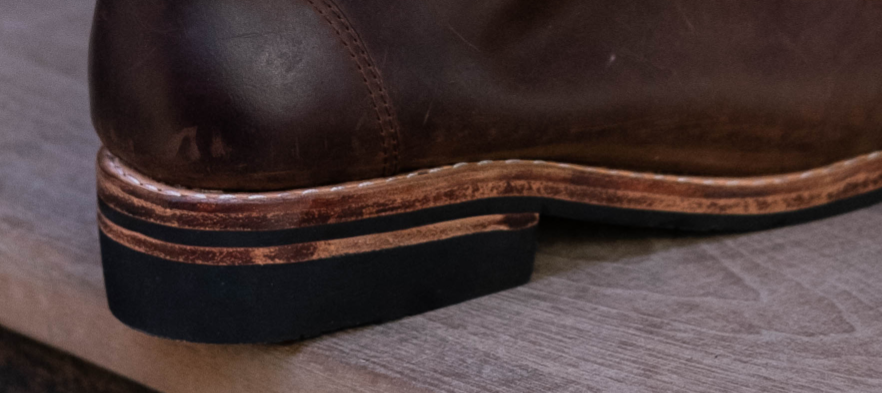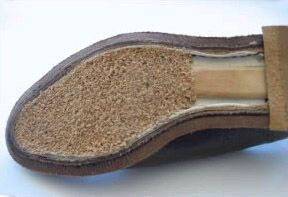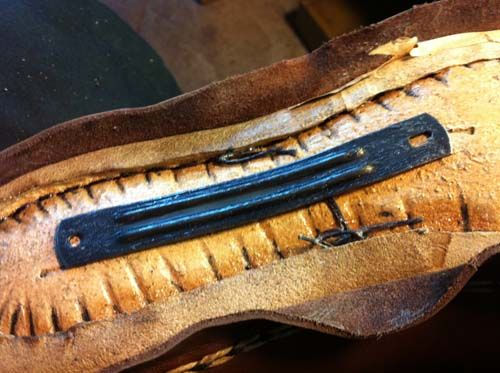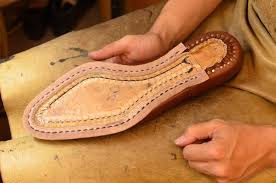Boots Anatomy 101
- baronleatherboots
- Oct 7, 2019
- 3 min read

Boots are quiet complicated than the average people may know. Here we would like to get down to the essentials details of things. This could be helpful to get you out from confusing situation when buying boots. Especially, when you weren’t familiar with the industry jargon. It’s frustrating at one part also nerve wrecking at the other part, isn’t it?
Spending good money on something (in this case a pair of boots) could have been enjoyable if you had base line knowledge on how it works. Today we will define in the simplest terms the many parts that make a boot awesome.
To make it easier for you to become the darn boot expert, we divide the explanation into two parts: Upper part and Sole part.
Upper

The Quarters and Vamp
In broad terms, the quarter is everything on the back end of the boots. And the vamp is basically the front part of the boot. it’s everything from the toe until the quarter in back.
Toe (Cap toe)

Cap toe is a leather accent that stitched or glued to the toe of the boot. Sometimes it's decorative feature, but cap also helps to reinforce the often strained area which is the toe of your boot.
Tongue

The tongue is a flexible strip of leather that covers the top of your foot. It resides underneath that laces and quarter of the boot and is the upper end of the vamp. The tongue protects the bony top part of your foot and distributes the pressure from the laces.
Counter/Backstay

The counter or backstay is the area of a heel counter that runs down its center of a boot. This piece of leather also used for extra stability.

Eyelets
Eyelets are the holes through which laces passed. Eyelets are usually reinforced with a metal grommet to protect the structure of the upper and to avoid fraying. Lace-up boots can have as many as nine or more.
Speed hooks
Speed hooks are little metal that make tying your shoes so much easier. Instead of having to lace up your boot all the way to the top, you can hitch your laces over these hooks.
Sole
Outsole

The outsole is the outermost part of the sole of your boots that also comes into contact with the ground. Outsole material can be made of leather or rubber. Leather outsole is more breathable but also more vulnerable to moisture and water damage. Meanwhile rubber outsole offers some protection against the elements, but less formal. For traditional hand welted, the outsole can be replaced when it's worn out. Increase the life expectancy of your favorite boots.
Heel

Heel of the boots is the part where your foot’s heel rests on. It’s typically made of stacked leather or rubber. It’s usually raises and supports the back of the foot. On good boots heels are replaceable.
Cork

Many boots have a layer of cork under the insole, which molds to your unique foot shape for better comfort. It fills the gap between the insole and the midsole. While other kind of “filler” exists, cork is the most common used.
Shank

The shank is a must-have in a hard-wearing boot. Traditionally they are made of steel, but other materials like fiberglass and kevlar can be used. It provides support for the wearer’s foot. Should the shank ever break, it is the equivalent of totaling a car and cannot be fixed.
Midsole

The midsole serve as a barrier between the interior of your boots and the outsole. The softer a midsole, the sooner your shoe will break in, but a tougher midsole makes a boots more long lasting.
Insole

The insole is the part of the shoe that touches your actual foot, it’s where your foot sit. It’s a layer of material (in Baron Boots it’s mostly leather) that conforms to and cushions your foot.
Welt

The welt is a strip of leather around the edge of the sole and to which the upper attached. There are many different style of welts. The more complicated the welt, the more expensive to make. Traditional hand welted for example, it makes your boots water resistant and allow for the outsole to be replaced when it's worn out.

Comments